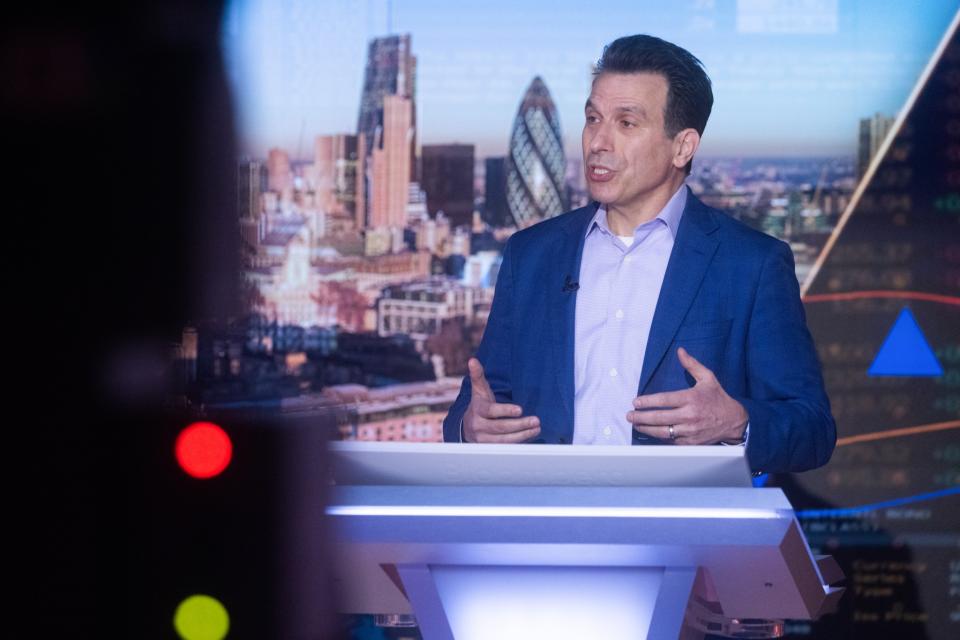Autodesk CEO says we need AI to support a world of 10 billion people

Good morning.
At our Brainstorm Design conference in Macau a few months ago, an architect sketched a few lines and had an AI tool turn them into a complex building design—albeit one geared more towards beauty than structural integrity. When my colleague Alan Murray recounted that story to Autodesk CEO Andrew Anagnost in his recent Leadership Next podcast with co-host Michal Lev-Ram, it sounded like a potential doomsday scenario for architects, engineers, and designers everywhere.
The interview instead conveys a thrilling sense of excitement and hope. Computer-aided design, of course, is not new. Autodesk released its AutoCAD software in 1982 and today creates software tools for industries that collectively employ 295 million people worldwide. With generative AI, Autodesk’s products now allow users to test new materials, design scenarios, and other tasks in record time.
In a world that could grow to 10 billion people over the next three decades, there will be plenty of opportunities to put those tools to use. “We're going to be adding anywhere between 35 and 45 Tokyos to the world every year between now and then,” said Anagnost. “There’s not enough money, people or material to make and remake everything that needs to be made and remade without either destroying the planet or not being able to make it at all because just don't have the capacity.”
Maybe that’s why Autodesk’s new 2024 State of Design & Make Report found more than three-quarters of the 5,400 leaders and experts in the industries it serves reported high trust and optimism about AI. Seventy-two percent of respondents said their organizations increased spending on AI and emerging technologies over the past three years, with 27% saying the investments have strongly increased. AI is proving to be instrumental in the sustainability battle, reducing waste and testing the efficacy of new products like curtain walls made out of mushrooms—which Anagnost describes as “a beautiful material that stores carbon, is very durable, and can be shaped into anything you want it to be.”
As Anagnost told me over lunch yesterday, the challenge right now is to create a policy environment that protects against the downside of AI while promoting the possibilities for people to use it as a force for good, whether in personal creativity or enterprise sustainability. One person who shares that optimism is James Cameron, the director behind the Terminator and Avatar film franchises. In a fireside chat hosted by Autodesk earlier this week, Cameron told Anagnost that what excites him is the potential for AI to unleash new creative possibilities and solutions to design challenges, “allowing artists to stay at a higher level.” It sounds like a plot for a new movie; let’s hope that utopian vision can also play out in real life.
You can listen to Anagnost's full Leadership Next interview on Apple or Spotify.
Diane Brady
@dianebrady
diane.brady@fortune.com
This story was originally featured on Fortune.com

 Yahoo Finance
Yahoo Finance 